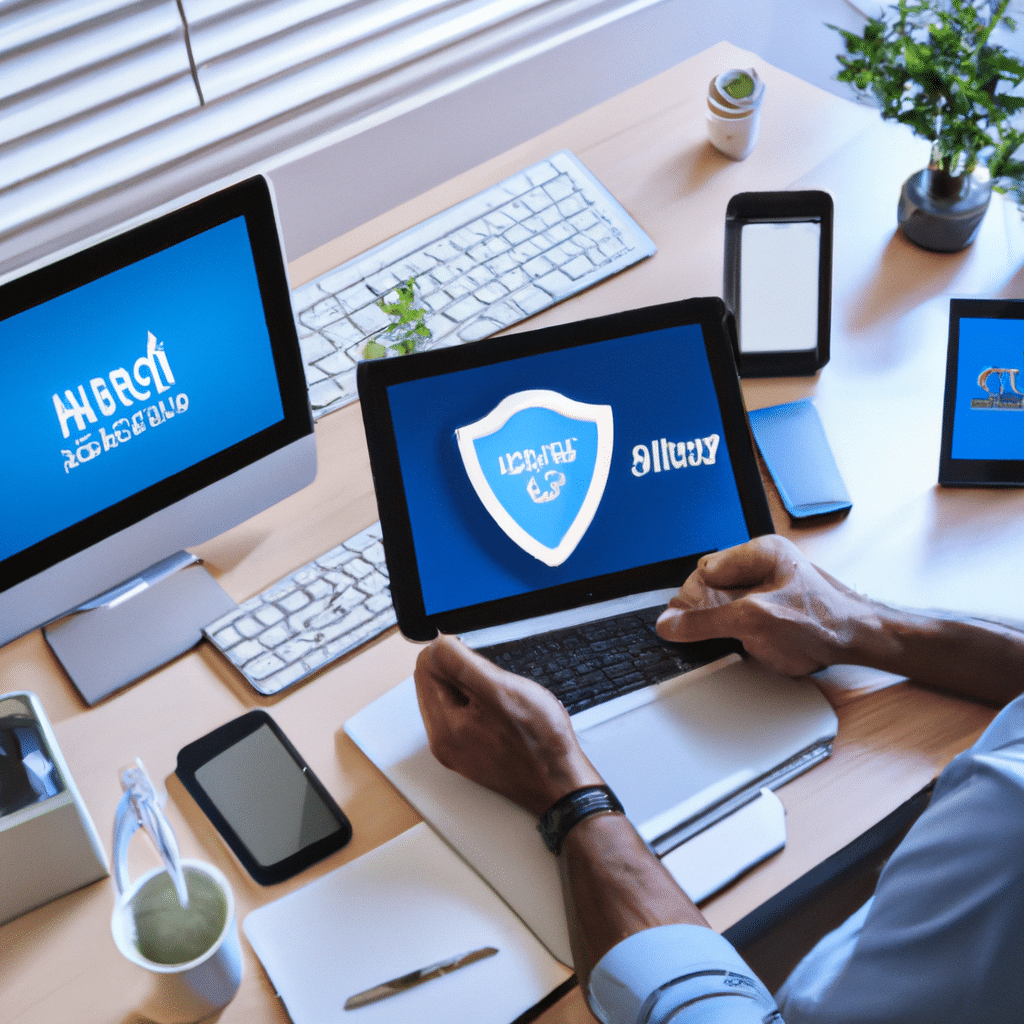The Ultimate Guide to Malware Prevention for Small Business Owners
As a small business owner, you may think that your company is too small to be targeted by hackers and cybercriminals. However, this is far from the truth. According to a recent report by Verizon, 43% of all cyberattacks target small businesses. Therefore, it is essential to take proactive measures to protect your business from malware attacks.

In this ultimate guide to malware prevention, we will explore different types of malware, how they infect your system, and most importantly, how you can prevent them from wreaking havoc on your business.
What is Malware?
Malware is short for malicious software, which is designed to infiltrate, damage, or disable computer systems. Malware can take many forms, such as viruses, worms, trojans, spyware, adware, and ransomware. Each type of malware has a unique way of infecting your system and causing harm to your business.
How Does Malware Infect Your System?
Malware can infect your system in several ways, including:
Phishing Scams
Phishing is a common technique used by cybercriminals to trick you into providing sensitive information, such as login credentials or credit card numbers. Phishing emails often appear to be from a legitimate source, such as your bank or a reputable company, and they contain a link that, when clicked, downloads malware onto your system.
Malicious Websites
Malicious websites are designed to look like legitimate websites but contain malware that can infect your system when you visit them. These websites often use social engineering tactics to trick you into downloading malware or giving away sensitive information.
Infected Email Attachments
Malware can also be spread through infected email attachments. When you open an infected attachment, malware is downloaded onto your system, and it can spread throughout your network.
Outdated Software
Outdated software can also leave your system vulnerable to malware attacks. Hackers often exploit vulnerabilities in outdated software to infect your system with malware.
How to Prevent Malware Attacks
Now that we understand how malware can infect your system let’s explore how you can prevent malware attacks from happening.
Keep Your Software Up to Date
One of the most effective ways to prevent malware attacks is to keep your software up to date. Software updates often contain security patches that fix vulnerabilities that hackers can exploit. Therefore, it is essential to update your operating system, web browser, and other software as soon as new updates are available.
Use Antivirus Software
Antivirus software is designed to detect and remove malware from your system. Therefore, it is crucial to have antivirus software installed on all your devices and to keep it up to date. Antivirus software can also scan email attachments and downloaded files to detect and remove any malware.
Use a Firewall
A firewall is a network security system that monitors and controls incoming and outgoing network traffic. A firewall can prevent unauthorized access to your network and block malware from communicating with the command and control server. Therefore, it is essential to use a firewall to protect your network from malware attacks.
Use Strong Passwords
Weak passwords are easy to guess, making it easy for hackers to gain access to your system. Therefore, it is essential to use strong passwords that are difficult to guess. A strong password should be at least eight characters long, contain a combination of uppercase and lowercase letters, numbers, and special characters.
Implement Two-Factor Authentication
Two-factor authentication adds an extra layer of security to your login process. Instead of just entering your username and password, you will also need to enter a one-time code sent to your phone or email. Two-factor authentication makes it more difficult for hackers to gain access to your system.
Educate Your Employees
Your employees play a crucial role in preventing malware attacks. Therefore, it is essential to educate them on the importance of cybersecurity and how to recognize phishing emails and other types of malware. You should also implement a cybersecurity policy that outlines best practices for using company devices and accessing company data.
Conclusion
In conclusion, malware attacks can be devastating for small businesses. However, by implementing the above measures, you can significantly reduce the risk of a malware attack. By keeping your software up to date, using antivirus software and a firewall, using strong passwords, implementing two-factor authentication, and educating your employees, you can protect your business from the devastating effects of a malware attack. Remember, prevention is always better than cure.












